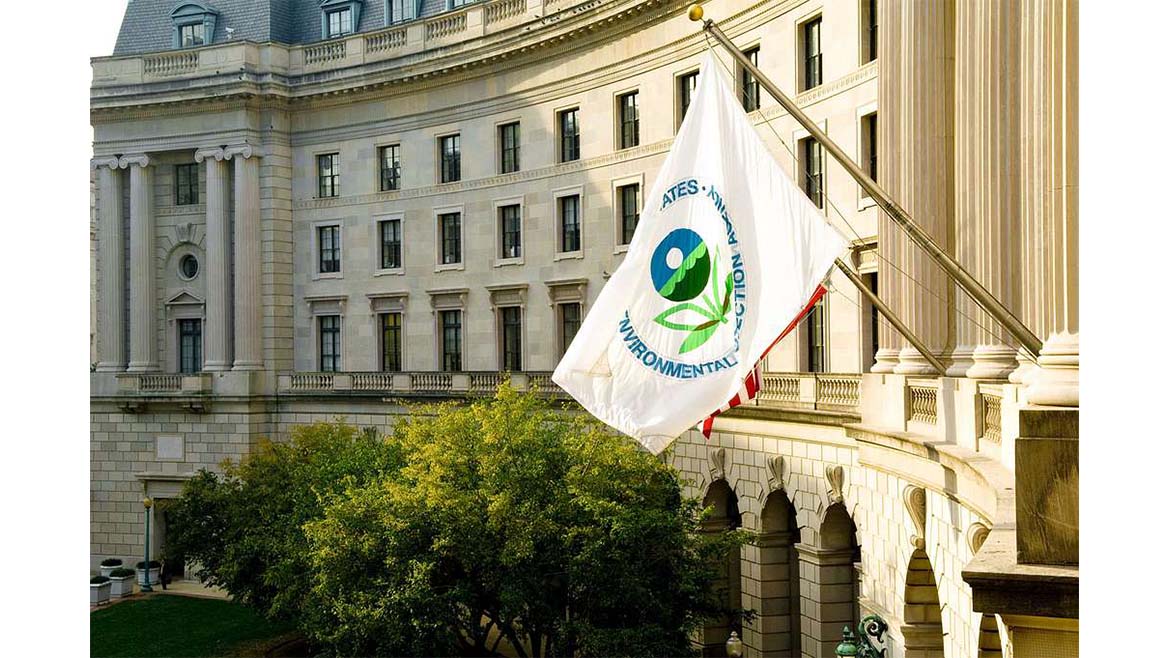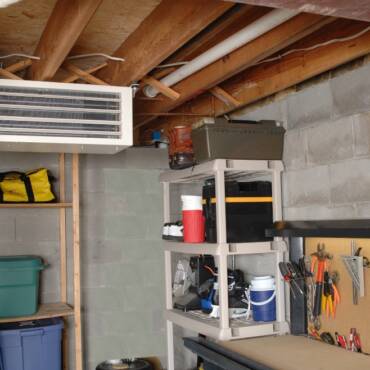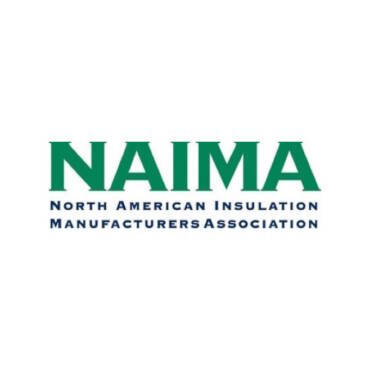The Environmental Protection Agency (EPA) has proposed a rule to narrowly amend a provision in the Technology Transitions regulation. Entitled “Phasedown of Hydrofluorocarbons: Restrictions on the Use of HFCs under the AIM Act in the Variable Refrigerant Flow (VRF) Air Conditioning Subsector,” the rule proposes allowing one additional year, until January 1, 2027, for the installation of new VRF systems that use HFCs with a GWP of 700 or more, provided the components were manufactured in the U.S. or imported before January 1, 2026.
Specifically, EPA states that this proposed rule “would allow for pre-2026 condensing units, evaporators, and air handlers using R-410A, a blend of two regulated HFCs listed in the AIM Act, or other regulated substances and blends of regulated substances not meeting the 2023 Technology Transitions Rule’s restrictions, to be assembled into new systems (i.e., installed), so long as those systems are assembled prior to January 1, 2027.”
EPA added that while VRF and VRV technology can be used in air conditioning and heat pump equipment of any size, the 2023 Technology Transitions Rule limits its restrictions to air-source VRF systems with capacities of 65,000 Btuh or more and water-source VRF systems of any capacity.
The 2023 Technology Transitions Rule, published October 23, 2023, initially called for a ban on the installation of new residential heat pumps and air conditioning systems using refrigerants with GWPs higher than 700 as of January 1, 2025, and VRF systems using refrigerants with GWPs higher than 700 as of January 1, 2026. EPA subsequently revised the rule to allow for the installation of higher-GWP HFC equipment manufactured or imported before January 1, 2025, to be installed until January 1, 2026, and said at the time that it intended to consider extending the deadline for VRF systems.
The Agency did so in this proposed rule, stating that, “the existing January 1, 2026, compliance date for the installation of certain VRF systems may result in significant stranded inventory that was intended for new construction.” In proposing this rule, EPA is taking action to prevent significant unsold inventory in this sector.
EPA stated that, “[w]e recognize that the production and purchase of products or components that are unable to be sold to consumers is an economic and environmental outcome no parties desire, and the proposed rule’s forward-looking compliance dates were intended to allow all parties in the market supply chain sufficient time to avoid that outcome.”
EPA is accepting public comment on this proposed rule for 30 days after publication in the Federal Register. The official version will appear on www.regulations.gov, Docket No. EPA-HQ-OAR-2021-0643. More information on regulatory actions concerning the Technology Transitions Rule can be found at www.epa.gov/climate-hfcs-reduction/regulatory-actions-technology-transitions.
Whether you require installation, repair, or maintenance, our technicians will assist you with top-quality service at any time of the day or night. Take comfort in knowing your indoor air quality is the best it can be with MOE heating & cooling services Ontario's solution for heating, air conditioning, and ventilation that’s cooler than the rest.
Contact us to schedule a visit. Our qualified team of technicians, are always ready to help you and guide you for heating and cooling issues. Weather you want to replace an old furnace or install a brand new air conditioner, we are here to help you. Our main office is at Kitchener but we can service most of Ontario's cities
Source link




Add Comment